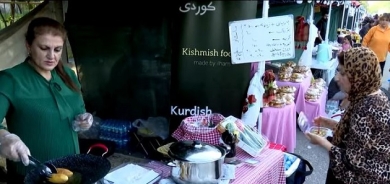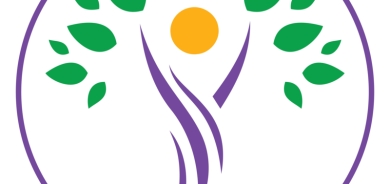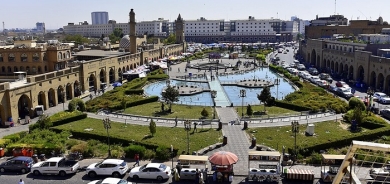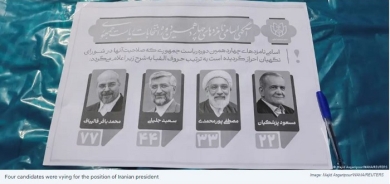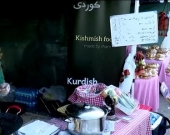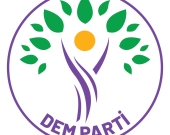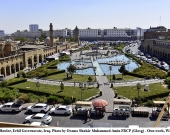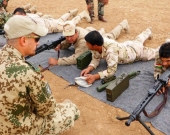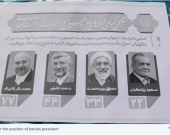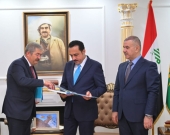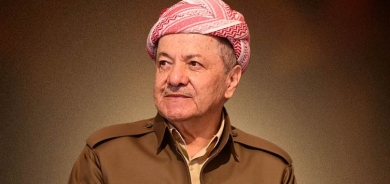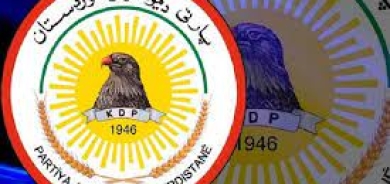Iranians Vote in Snap Presidential Elections Amid Turbulent Backdrop
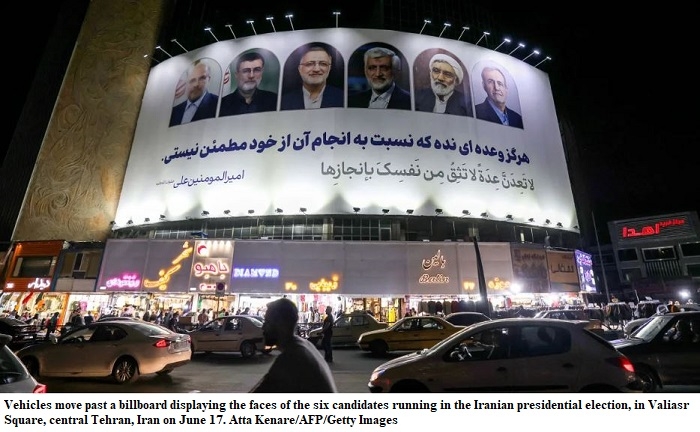
Under the specter of conflict with Israel, a struggling economy, and widespread social discontent, Iranians headed to the polls on Friday for snap presidential elections that could be among the most crucial in the country’s recent history.
The elections follow the sudden death of President Ebrahim Raisi in a helicopter crash, which also claimed the lives of Foreign Minister Hossein Amir-Abdollahian and other key officials. Raisi, known for his hardline stance and loyalty to the regime, was considered a potential successor to Iran’s Supreme Leader, 85-year-old Ayatollah Ali Khamenei.
This election is the first presidential contest since the death of Mahsa Amini in 2022, an incident in police custody that sparked the largest protests since the Islamic Revolution in 1979. The political landscape is further complicated by deteriorating relations with the West, advancements in Iran’s nuclear program, and increasing tensions with Israel, including recent exchanges of fire and the potential for a new front with Hezbollah in Lebanon.
The race sees three conservative candidates facing off against a single reformist, after many were barred from running. The main contenders are Masoud Pezeshkian, a 69-year-old reformist lawmaker and former health minister; Saeed Jalili, a hardline security adviser and nuclear negotiator; and Mohammad Bagher Ghalibaf, the conservative speaker of parliament. These candidates were pre-selected by Iran’s Guardian Council, which answers directly to Khamenei.
Recent polls indicate a surge in support for Pezeshkian, with conservatives potentially splitting their votes among multiple candidates. Pezeshkian gained attention during the 2022 protests by criticizing the government’s use of force to impose religious laws, calling it “scientifically impossible.”
In a bid to consolidate the hardline vote, conservative candidates Amirhossein Qazizadeh-Hashemi and Alireza Zakani withdrew from the race on Thursday. Qazizadeh-Hashemi encouraged other hardline candidates to do the same to ensure a conservative victory.
A candidate needs over 50% of the vote to win outright in the first round; otherwise, the top two candidates will compete in a runoff next week.
“These are not free and fair elections. Only those who’ve pledged absolute loyalty to Khamenei and the Islamic Republic can run,” said Arash Azizi, an Iranian writer and fellow at the Center for Middle East and Global Order (CMEG). “But the differences between the main candidates are still significant, each posing unique challenges for Khamenei.”
The candidates, shaped by the experiences of the 1979 Islamic Revolution and the Iran-Iraq War, offer voters distinct paths forward. Trita Parsi, an Iran analyst and vice president of the Quincy Institute, noted a recent increase in voter energy, suggesting higher participation rates than in previous elections.
Despite efforts to boost turnout, voter apathy remains a challenge for the regime. The parliamentary elections in March saw the lowest turnout since the Islamic Republic's founding, a blow to the government’s claims of democratic legitimacy.
Supreme Leader Khamenei, after casting his ballot on Friday morning, emphasized the importance of voter participation for the state’s legitimacy and standing in the world.
However, widespread disillusionment and economic hardships could still result in low turnout. “Many Iranians feel disenfranchised and skeptical about the electoral process,” said Sina Toossi, an Iran analyst at the Center for International Policy. Prominent activists and political prisoners, including Nobel Laureate Narges Mohammadi, have called for a boycott, reflecting deep-seated discontent with the current political system.

